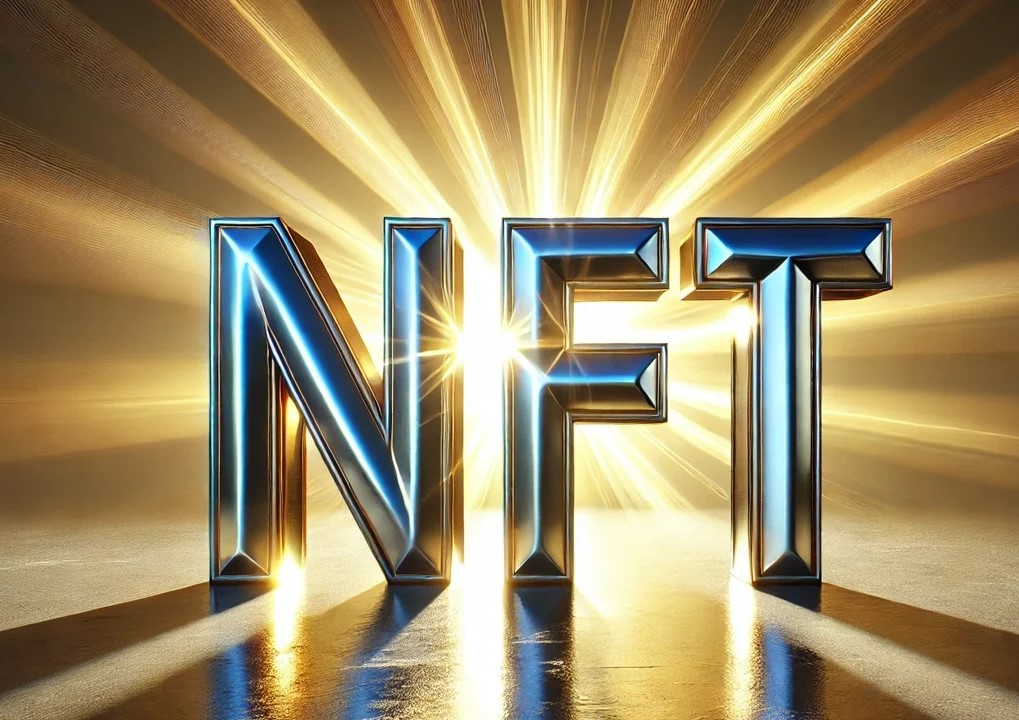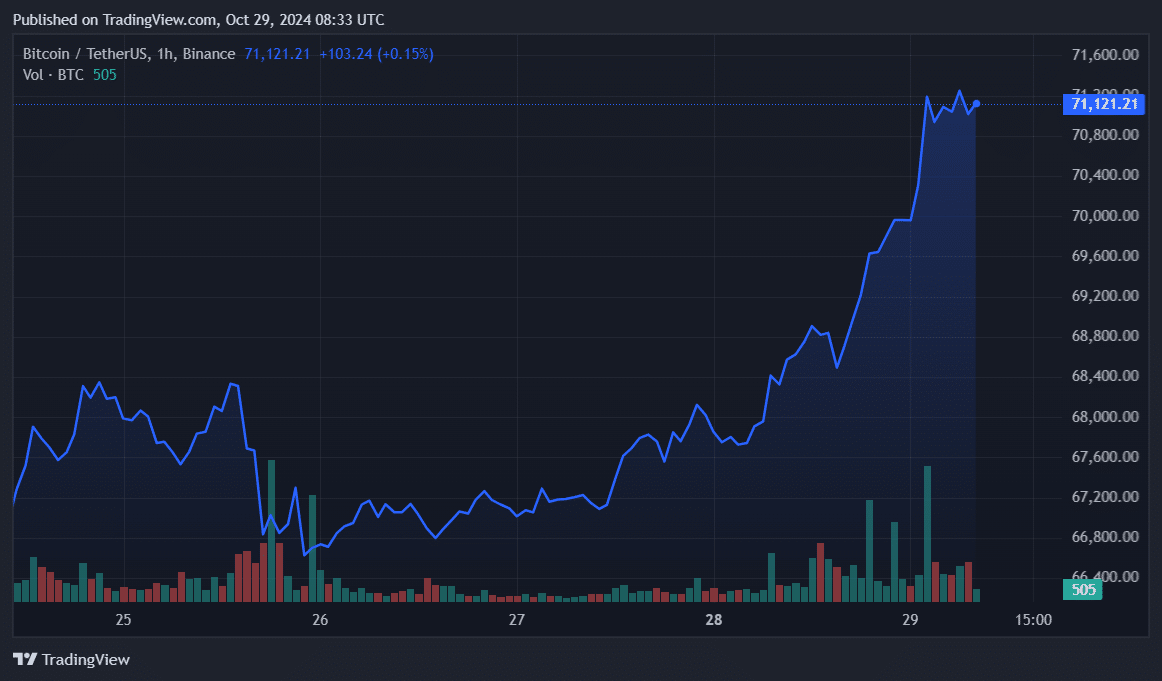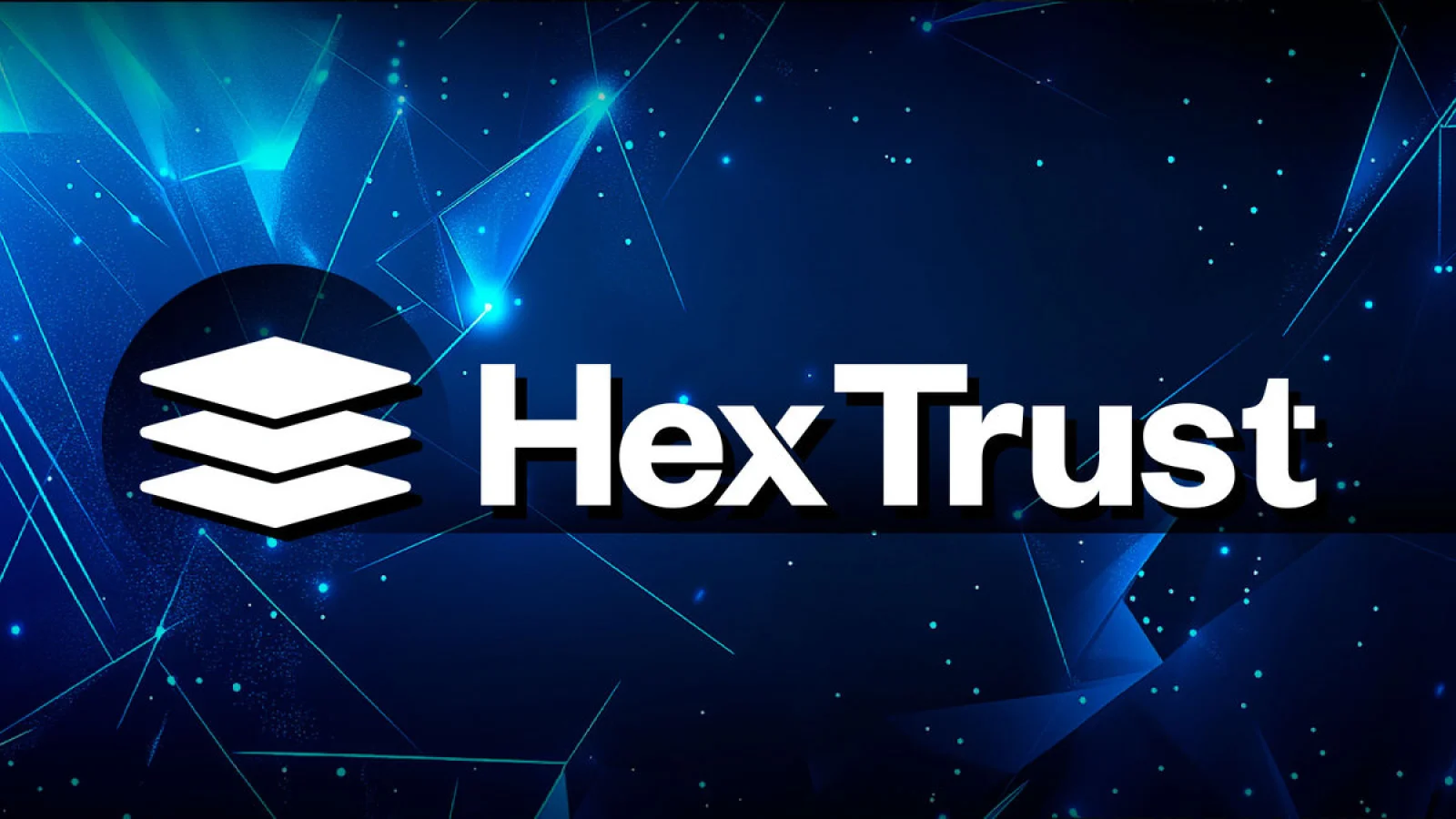The NFT market revival is awakening excitement in the NFT sector and laying the foundation for long-term stability and innovation across a wider range of industries.
Here, we’ll discuss the NFT market revival: Key trends driving growth in 2024; let’s start by understanding the concept of the NFT market.
- 1 The NFT Market
- 2 Why did the NFT Market Stumble?
-
3
Key Trends Driving NFT Market Growth in 2024
- 3.1 Utility-Based NFTs Gaining Ground
- 3.2 The rise of NFT gaming and play-to-earn models
- 3.3 Adoption by Leading Brands and Celebrities
- 3.4 Sustainable and eco-friendly NFTs
- 3.5 Development of Metaverse and Virtual Real Estate
- 3.6 Expanding NFT Marketplaces and Platforms
- 3.7 Tokenizing Real-World Assets
- 4 The Role of Regulation in the NFT Market Revival
- 5 Challenges the NFT Market Revival Still Faces
- 6 The Future of NFT Market Revival Beyond 2024
- 7 Conclusion
The NFT Market

The NFT market is the ecosystem in which non-fungible tokens (NFTs) are created, purchased, sold, and traded.
NFTs are unique digital assets validated on a blockchain, usually Ethereum, that reflect ownership of a particular item or piece of content, such as digital art, music, films, virtual real estate, in-game items, and so on.
Unlike fungible cryptocurrencies such as Bitcoin or Ethereum, which can be exchanged for equal value, NFTs are unique and cannot be replaced one-for-one.
Key Components of the NFT Market:
NFT Platforms: NFTs can be bought and sold through a variety of online marketplaces. Popular platforms include:
OpenSea: One of the major NFT marketplaces for a variety of digital assets.
Rarible: A decentralized marketplace where users can make, sell, and purchase NFTs.
Foundation: A platform dedicated to digital art and community-driven projects.
Creation and Minting: Artists and creators can create NFTs by uploading their digital content to a blockchain and assigning it a unique token ID. This method frequently includes smart contracts, which govern the terms of ownership and transactions.
Buying and selling: Users can buy NFTs with cryptocurrency, usually Ethereum. Transactions are recorded on the blockchain, which provides transparency and security in terms of ownership and provenance.
Ownership and Provenance: Each NFT includes a unique identification and metadata, allowing for accurate ownership records. This transparency helps to fight Forging and copyright infringement.
Community and Social Aspects: The NFT market frequently has a thriving community of artists, collectors, and fans who communicate via social media, forums, and events. Many NFTs have social elements like access to unique content or events for holders.
Applications for NFTs:
Digital Art: Artists can sell their artwork as NFTs, ensuring authenticity and opening up new revenue streams.
Music and Entertainment: Musicians and filmmakers can create distinctive content and experiences based on NFTs.
Gaming: NFTs are in-game assets that users can purchase, sell, or trade, improving gameplay and ownership.
Collectibles: Digital collectibles such as virtual trading cards and memorabilia are gaining popularity.
Virtual Real Estate: Metaverse platforms enable users to buy, sell, and build virtual properties.
Why did the NFT Market Stumble?
The NFT market grew rapidly in 2021 and saw a major drop in subsequent years. This phase of fall, also known as the “NFT market crash,” was caused by several factors that resulted in decreased sales and a drop in overall interest:
- Market Saturation and Overhyped Projects
- Lack of utility
- Waning Interest and a Speculative Bubble
Market Saturation and Overhyped Projects
During the NFT boom, a slew of new projects hit the market, many of which were overhyped and lacked substance.
These surplus projects resulted in market saturation, with several low-quality or repeating NFT collections. Investors who hurried in anticipating large returns were quickly disappointed, as many projects failed to produce any long-term value.
Lack of utility
The main cause for the fall was the lack of utility in many NFTs. Initially, NFTs were mostly linked with digital art, but as the initial appeal faded, it became evident that owning a digital image with no real-world use or actual benefits was insufficient to sustain demand.
This lack of utility made it difficult for the market to keep long-term investors.
Waning Interest and a Speculative Bubble
The NFT market in 2021 was marked by speculative buying, with prices rising rapidly. As the bubble broke, prices fell abruptly, and many early investors suffered losses.
This speculative aspect, combined with crashing interest from creators and collectors, resulted in a substantial drop in transaction volumes by 2022. Media coverage of “NFT scams” and failed projects only fueled the negative sentiment.
Transition to 2024
However, by 2024, the NFT market is showing indications of revival. Key trends like the rise of utility-based NFTs, large brand involvement, and eco-friendly solutions all contribute to the NFT market revival.
The NFT market revival is driven by more sustainable projects prioritizing long-term value, real-world use cases, and widespread adoption across multiple industries.
Key Trends Driving NFT Market Growth in 2024
In 2024, the NFT market revival is driven by several important trends that are changing the field, reigniting interest, and propelling market growth. These trends are paving the way for NFTs to have a more sustainable, utility-driven future while also revolutionizing how individuals engage with digital assets:
- Utility-Based NFTs Gaining Ground
- The rise of NFT gaming and play-to-earn models
- Adoption by Leading Brands and Celebrities
- Sustainable and eco-friendly NFTs
- Development of Metaverse and Virtual Real Estate
- Expanding NFT Marketplaces and Platforms
- Tokenizing Real-World Assets
Utility-Based NFTs Gaining Ground
The early days of NFTs were mostly about digital art, but the market now is gradually turning to utility-based tokens with real-world value. Utility-based NFTs are more than just collectibles; they are tied to physical assets, memberships, or services. The initiative is one of the key drivers in the NFT market revival.
Real-world applications include NFTs used for real estate ownership, where property titles are tokenized to facilitate trades and fractional ownership.
Event tickets as NFTs provide secure, unchangeable proof of ownership while reducing fraud. In 2024, loyalty programs will embrace NFTs by rewarding users with digital tokens that provide discounts, exclusive access, or benefits, greatly increasing their utility.
The rise of NFT gaming and play-to-earn models
Blockchain gaming plays a significant role in the NFT market revival, particularly through Play-to-Earn (P2E) models. Now, P2E games launch new NFT collections that players can use within game ecosystems, often gaining real-world value through in-game achievements or trade.
Interoperability is becoming a major transformation in the P2E sector. Players can now transfer their NFT assets between platforms, broadening the use of in-game items and collectibles.
Popular games such as Axie Infinity and impending releases from major studios use interoperable NFT assets to enhance player engagement and market demand.
Adoption by Leading Brands and Celebrities
One major driver of the NFT market revival is major worldwide brands and celebrities’ adoption of NFTs in 2024. Nike, Gucci, and Coca-Cola are exploring NFTs for exclusive drops, loyalty benefits, and product verification, increasing their public visibility significantly.
Celebrity-branded NFT collections are also gaining traction, with artists, athletes, and influencers releasing limited-edition NFTs that give fans access to special content, VIP experiences, or virtual meet-and-greets. This broad adoption not only boosts credibility but also rekindles public interest in NFTs.
Sustainable and eco-friendly NFTs
Sustainable and eco-friendly NFTs are another major driver of the NFT market revival. The environmental impact of NFTs was a key concern throughout the market’s early growth, but by 2024, there has been a significant change toward eco-friendly NFTs.
This move is partly driven by the Ethereum network’s transition to a proof-of-stake paradigm, which consumes far less energy than the previous proof-of-work consensus.
Blockchain projects such as Flow and Polygon are also gaining prominence as environmentally friendly platforms for minting NFTs.
The shift toward sustainability appeals to conscious users who are increasingly concerned about the environmental impact of their digital purchases, bringing more individuals back into the NFT space.
Development of Metaverse and Virtual Real Estate
The continuous development of the metaverse is another major trend propelling the NFT market revival. As the metaverse grows, so will the demand for NFTs tied to virtual real estate and in-world assets in 2024.
Users are acquiring digital land on platforms such as Decentraland and The Sandbox to create virtual experiences ranging from businesses to art galleries, making virtual real estate a profitable market.
Top metaverse systems now support NFTs, allowing users to own, trade, and build virtual assets. As the number of users on these platforms develops, so does the demand for NFTs within these virtual ecosystems, assuring the NFT market revival.
Expanding NFT Marketplaces and Platforms
The growth of NFT marketplaces has considerably aided the NFT market revival. New and existing platforms are improving user interfaces, lowering costs, and supporting multiple chains, making it easier for creators and collectors to interact with NFTs.
A major trend in 2024 is the rise of fractional NFTs, which allow high-value NFTs to be divided into smaller, more affordable units. This innovation enables more people to invest in rare NFTs, broadening market access and enhancing overall liquidity.
Tokenizing Real-World Assets
The tokenization of real-world assets is developing as a game-changing trend in 2024, accelerating the NFT market revival. These tokens provide an additional level of security and value by being backed by tangible assets like real estate, fine art, or collectibles.
For example, NFTs representing ownership of high-value real estate can be traded on blockchain platforms, providing liquidity and transparency that were previously difficult to obtain in traditional markets.
Institutional investors are increasingly attracted to asset-backed NFTs because they combine the benefits of digital trading with real-world value, resulting in a more stable and appealing market.
This comprehensive change toward utility, game integration, eco-friendliness, and mainstream adoption ensures that the NFT market in 2024 is not only revived but also positioned for long-term growth. These fundamental factors are transforming NFTs into valuable, complex assets that will appeal to a broader audience than ever before.
The Role of Regulation in the NFT Market Revival
Regulation plays a crucial role in the NFT market revival in 2024. As the market matures, governments and regulatory bodies are working to clarify NFTs’ legal status, which has helped to restore investor and market participant confidence.
Clarifying Legal Status
In previous years, the ambiguous legal framework governing NFTs created uncertainty for creators, buyers, and platforms. However, in 2024, regulators made a concerted effort to define NFTs within existing frameworks, providing clarity on ownership rights, taxation, and intellectual property.
This legal clarity makes NFT transactions more transparent, safeguarding both creators and collectors against fraudulent schemes and copyright infringement.
Countries such as the United States, the European Union, and Singapore have issued particular criteria for NFT issuers and exchanges, strengthening the legitimacy of NFTs as digital assets. This clarification has greatly increased market confidence, encouraging more institutional players and cautious investors to return to the space.
Protecting Investors
Another significant benefit of regulation is the protection it provides for investors. Previously, the NFT space was riddled with fraud, rug pulls, and other fraudulent activity. Now that regulations are in place, platforms must comply with the required standards to ensure that they function securely and transparently.
These regulations include KYC (Know Your Customer) protocols, anti-money laundering (AML) checks, and consumer protection policies, all of which protect investors from hazardous or unethical practices.
Furthermore, regulated platforms provide superior dispute resolution mechanisms, which reduce the likelihood of market manipulation and ensure fair practices. Regulations are attracting careful investors who were previously put off by the volatility and uncertainty of the NFT sector.
As a result, these regulatory steps are establishing the foundation for a more secure and resilient NFT ecosystem, which is critical for the market’s further growth and revival in 2024.
Challenges the NFT Market Revival Still Faces
As the NFT market revival gains traction in 2024, numerous key challenges linger that, if not addressed, could impede its expansion. These challenges include technical hurdles such as scalability and gas fees, as well as larger market concerns such as lingering distrust from prior falls.
Scalability and Gas Fees
Despite improvements, blockchain scalability remains a significant hurdle for the NFT market. Several NFT platforms still use the Ethereum blockchain, where gas fees and the cost of executing transactions can skyrocket during peak network demand.
This makes minting, transferring, and selling NFTs more expensive, especially for casual users and developers of low-cost assets.
While Ethereum Layer-2 networks (such as Optimism and Polygon) and other blockchains like Solana have arisen to provide lower-cost transactions, the industry has yet to fully convert.
Until blockchain scalability improves across the board, with faster and more affordable transactions becoming standard, this will be a significant challenge.
Overcoming Market Skepticism
The NFT market revival also faces the issue of overcoming skepticism following the previous NFT market crash. Many investors and collectors experienced loss during the speculative bubble of 2021-2022 when overhyped ventures resulted in substantial financial losses.
As a result, some potential investors are apprehensive about returning to the market, fearing that NFTs will be a temporary fad.
The market is addressing this skepticism by emphasizing long-term value above short-term speculation. Projects, including utility-based NFTs, regulatory frameworks that protect investors, and brand-support activities, are all important aspects in restoring trust.
Furthermore, improved transparency and accountability from platforms are promoting NFTs as more than merely speculative assets, demonstrating that they can have real-world uses and long-term value.
Overcoming these challenges is critical to sustain NFT market revival. Scalability and gas fees must be addressed for broad adoption while resolving skepticism, which will help rebuild trust and allow both retail and institutional investors to return to the market with confidence.
The Future of NFT Market Revival Beyond 2024
Looking ahead, the NFT market revival in 2024 is a watershed moment that will change the landscape of digital assets for years in the future. Key trends highlighted in 2024 are projected to shape the future of NFTs, broadening their applications and cementing their position in various sectors.
Long-Term Outlook
The primary factors driving the NFT market revival in 2024, such as the introduction of utility-based tokens, increased adoption by large brands, and regulatory clarity, will provide a solid basis for the NFT ecosystem’s long-term growth.
Utility and Interoperability: As NFTs evolve from mere collectibles to utility-driven assets, we can anticipate wider adoption across industries. Interoperable NFTs will become the norm, enabling smooth transfers and usage across several platforms and applications.
This will boost their value offer, integrating them into a variety of digital activities.
Mainstream Adoption: As prominent businesses and celebrities embrace NFTs, the barrier to entry for the general public will continue to decrease.
As public awareness and interest in NFTs grows, more people will explore them, fostering innovation and creativity in the field. This broad adoption will be critical in determining how NFTs are perceived and used.
Focus on Sustainability: The transition to environmentally friendly NFT techniques will most likely continue. As environmental concerns continue to impact consumer behavior, the demand for sustainable solutions will propel the development of greener blockchain technologies.
This tendency will influence the future of NFT markets and platforms, ensuring that they reflect the ideals of environmentally conscious users.
New Sectors Adopting NFT Technology
As NFTs gain momentum, various emerging sectors are set to adopt the technology, broadening its possibilities beyond art and collectibles.
Healthcare: NFTs have the potential to revolutionize the healthcare industry by allowing for secure and immutable patient records. Tokenized health data can be shared among authorized entities, hence improving privacy and data integrity.
Furthermore, NFTs can enable personalized medicine by customizing treatment plans and securely linking them to patient profiles.
Education: NFTs could be used to verify credentials and certify courses. Digital diplomas and certificates saved as NFTs can assist in eliminating fraud, allowing employers to trust candidates’ qualifications.
Furthermore, NFTs can be utilized to create one-of-a-kind learning experiences, giving students access to proprietary instructional content or courses.
Supply Chain Management: NFTs can improve traceability and transparency in the supply chain. Companies may validate product authenticity and provenance by tokenizing the process from manufacture to distribution.
This application can considerably minimize fraud and increase consumer trust in brands, particularly in the food and luxury goods industries.
The future of NFT market revival beyond 2024 looks intriguing, thanks to technological breakthroughs, regulatory developments, and higher adoption in various industries.
As utility-driven applications arise and new industries adopt NFT technology, the landscape will shift, influencing how we engage with digital assets and redefining their role in our daily lives.
Conclusion
The NFT market revival in 2024 is a turning point for the industry, marked by a number of innovative trends that are transforming the landscape of digital assets.
The NFT market revival is driven by a move toward utility-based NFTs, more public adoption by companies and celebrities, and a renewed emphasis on sustainability and regulatory clarity.



